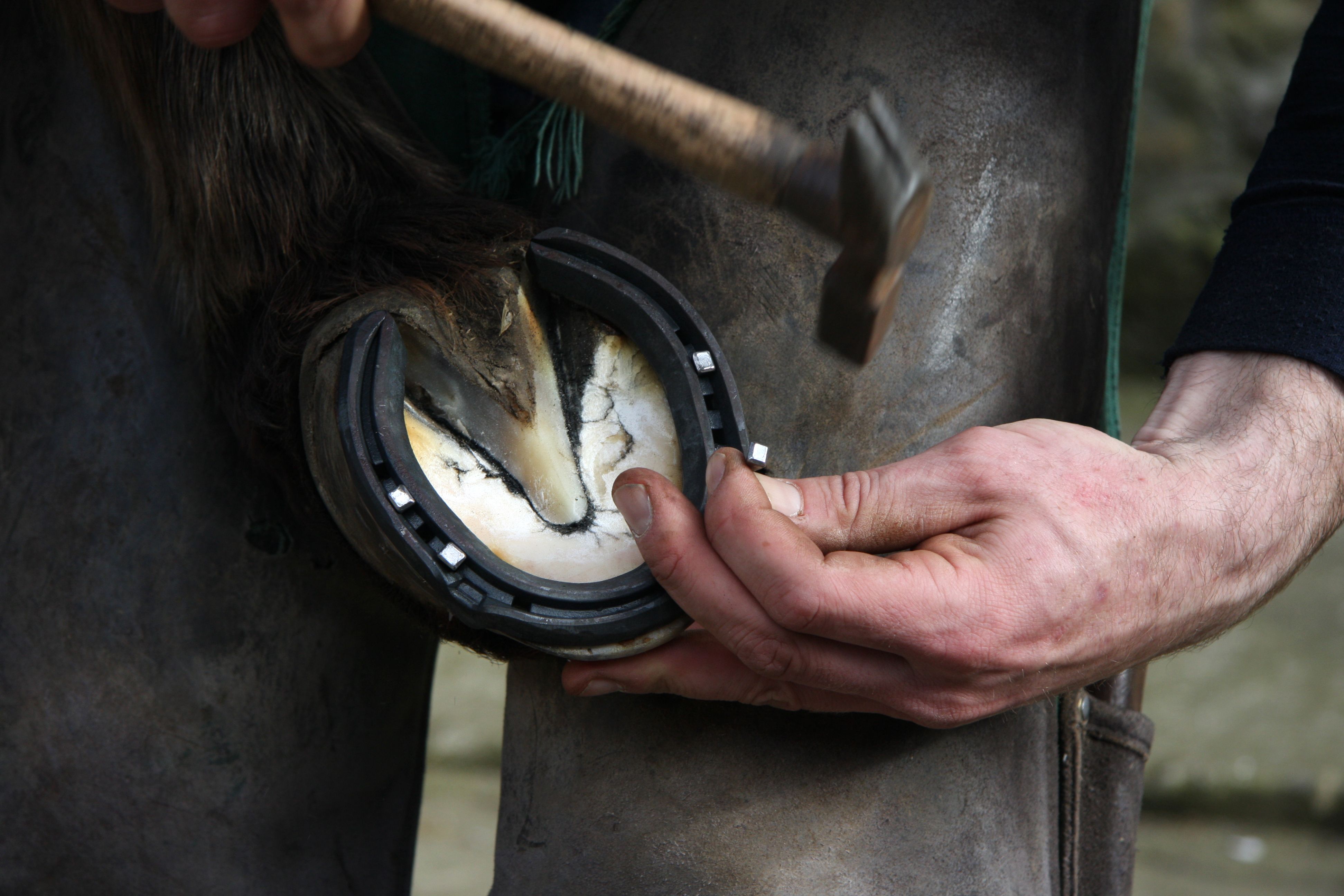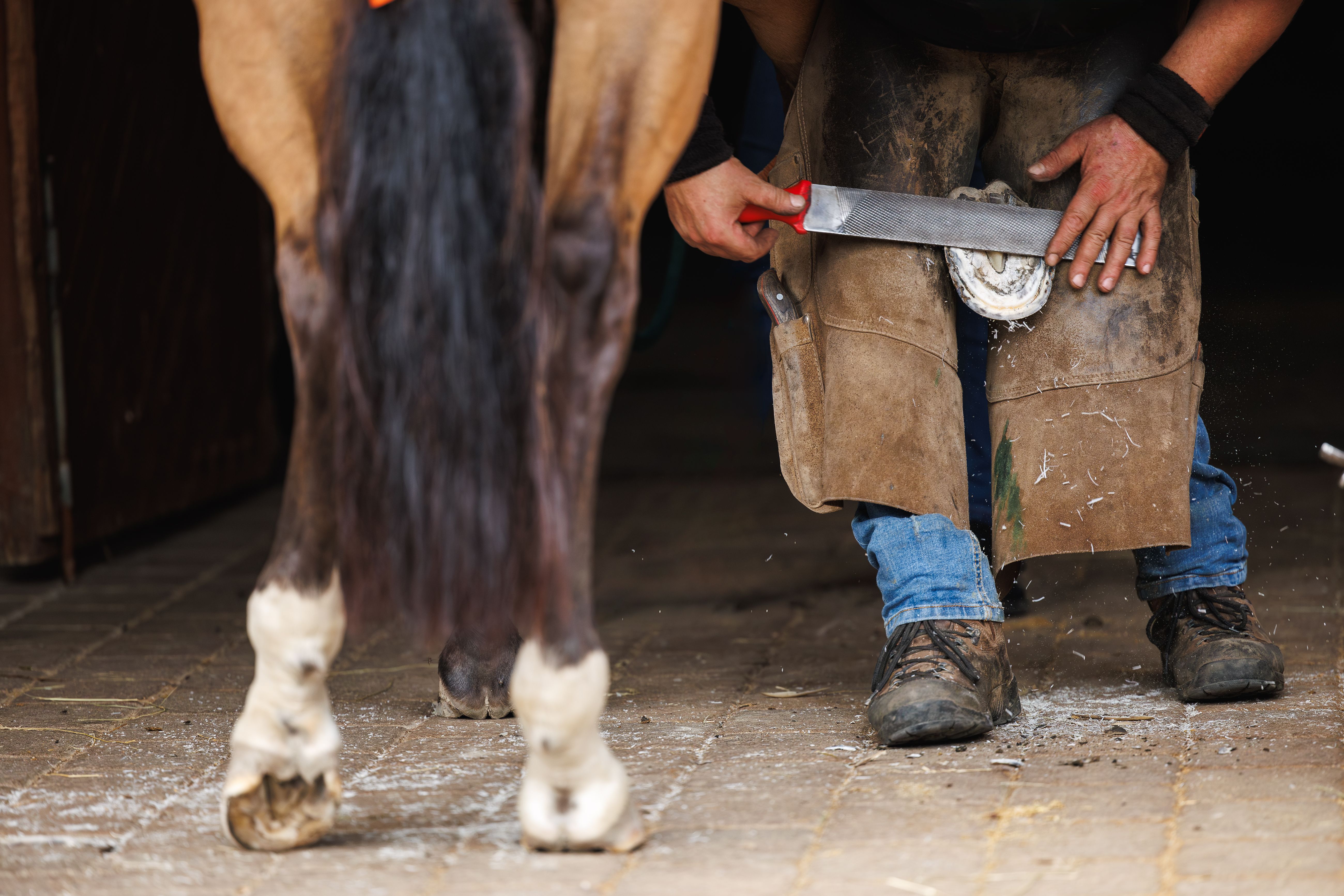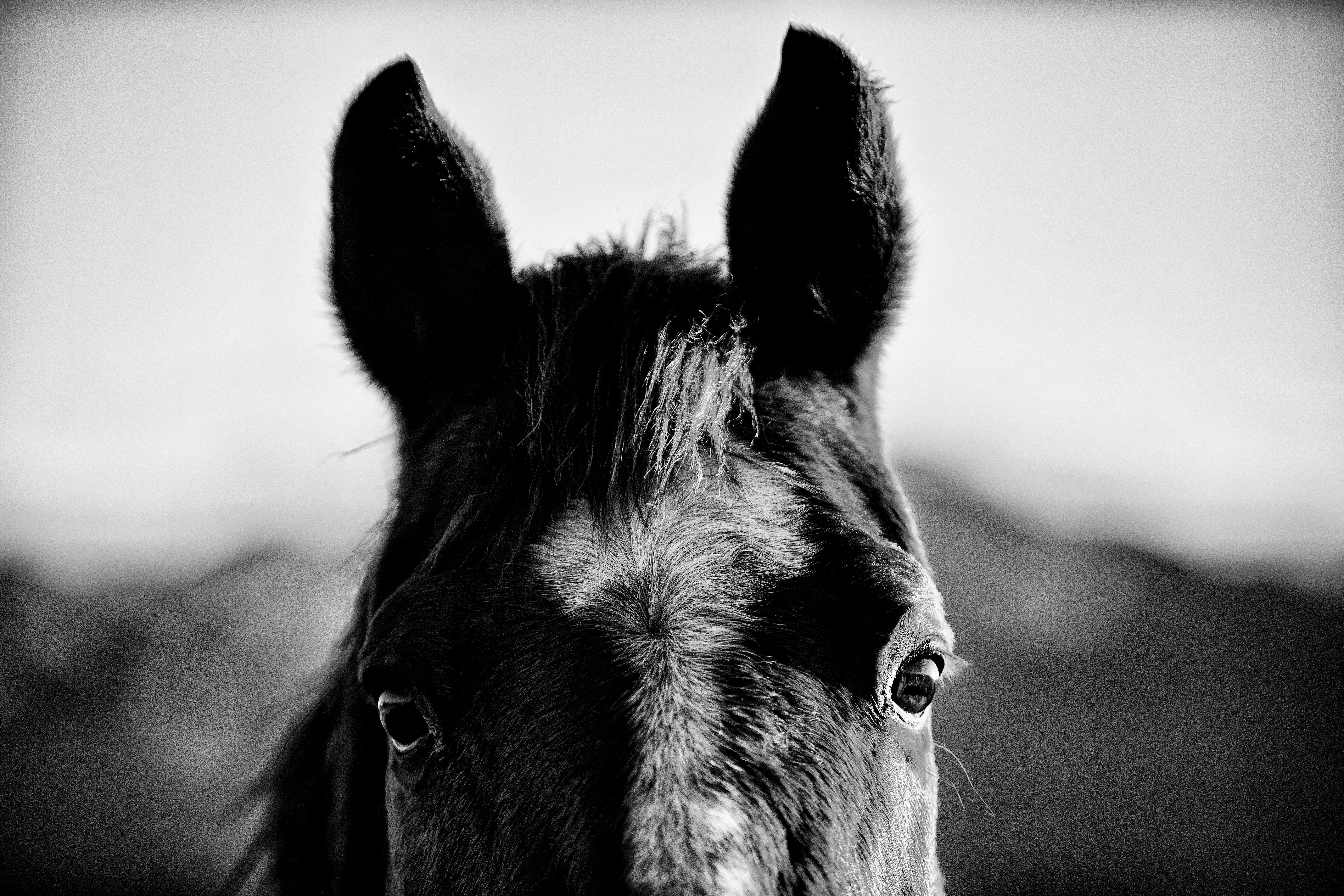Understanding Horse Shoeing and Trimming in Montana
The Importance of Horse Shoeing and Trimming
In Montana, where the landscapes are as rugged as they are beautiful, proper horse shoeing and trimming are essential practices for maintaining the health and performance of horses. Whether you own a ranch or enjoy recreational horseback riding, understanding these processes can significantly impact your horse's wellbeing. Horse shoeing and trimming are not just about aesthetics; they are crucial for the animal's comfort and mobility.

Properly fitted shoes can prevent injuries, improve traction, and correct gait issues. Meanwhile, trimming helps maintain the natural shape and size of the horse’s hoof, preventing overgrowth and related foot problems. In a state known for its diverse terrain, from rocky mountains to flat plains, ensuring your horse's hooves are well-cared for is particularly important.
Understanding the Shoeing Process
The shoeing process involves several steps that ensure the horse's hooves are protected and supported. Each step is critical to achieving a proper fit.
- Assessment: The farrier examines the horse's hooves to determine the current condition and any specific needs.
- Trimming: The hoof is trimmed to remove excess growth and achieve the correct shape.
- Shoe Selection: A suitable shoe is chosen based on the horse's activity level and hoof condition.
- Fitting and Nailing: The shoe is fitted to the hoof and nailed securely in place.
Each horse has unique needs, so it's important for farriers to tailor their approach accordingly. A well-fitted shoe can enhance a horse's performance and comfort in various activities, from trail riding to competitive events.

The Art of Hoof Trimming
Trimming, while a part of the shoeing process, is also a standalone practice crucial for horses that remain barefoot. It involves careful removal of excess hoof growth to maintain balance and health. Regular trimming prevents issues such as cracking, splitting,abscesses or uneven wear.
The frequency of trimming varies depending on several factors, including the horse's age, activity level, and environment. Generally, horses require trimming every six to eight weeks. This regular maintenance helps prevent overgrowth that could lead to discomfort or injury.
Choosing the Right Professional
Finding a skilled farrier in Montana is essential for effective shoeing and trimming. When selecting a professional, consider their experience, reputation, and understanding of your horse's specific needs. A knowledgeable farrier will be able to provide insights into hoof care and address any concerns you might have. Look for a Farrier who's certified by AFA. We are getting our certifcartions completed. Look for a Farrier who's had traditional trade training through a accreditable trade school. AFA stand by accredited schools. AFA is American Farrier Association.

Building a good relationship with your farrier can ensure consistent care for your horse and allow you to address any changes in their hoof health promptly. The right farrier will not only keep your horse's hooves in top condition but also educate you on maintaining them between visits.
The Impact of Montana’s Climate
Montana’s diverse climate plays a significant role in how often horses need shoeing or trimming. The harsh winters can lead to different hoof care needs compared to the dry summers. Understanding these seasonal influences can help horse owners make more informed decisions about their care routines.
In winter, icy conditions may necessitate shoes with additional traction. In contrast, summer might require adjustments to prevent cracking due to dry soil conditions. Regular consultation with your farrier can help navigate these seasonal challenges effectively.
Conclusion
Understanding horse shoeing and trimming is vital for anyone involved with horses in Montana. Regular maintenance ensures that your horse remains healthy, comfortable, and ready to tackle the diverse terrains of this stunning state. Remember that a proactive approach to hoof care can prevent many common problems, allowing your horse to perform at its best.